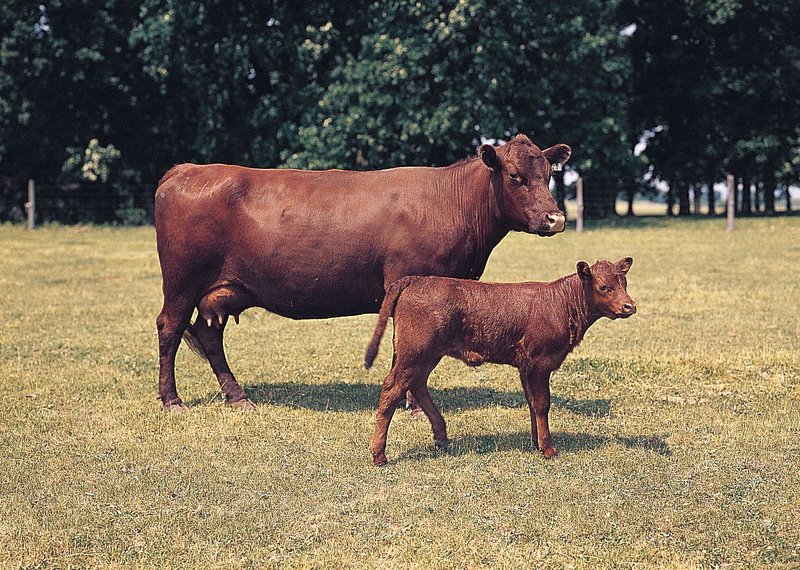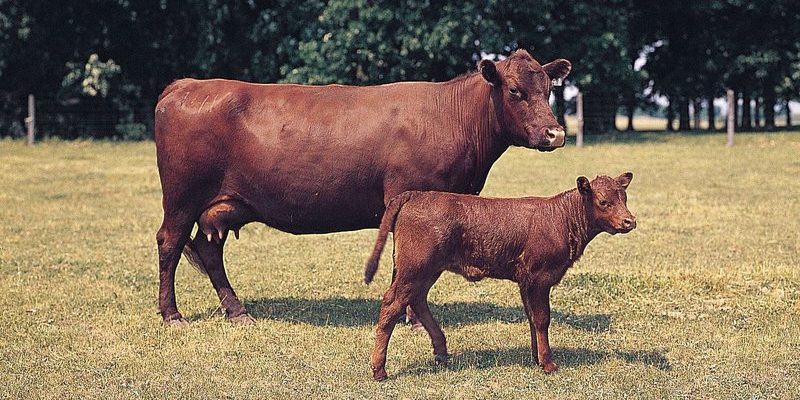
Let’s dive into the world of beluga whales and explore how they breed, raise their young, and ensure the continuation of their species. Trust me, the details might just blow your mind. So, grab a cup of coffee, and let’s get started!
Understanding Beluga Whale Breeding Season
Beluga whales typically breed during the summer months, primarily from April through August. During this time, the icy waters of the Arctic begin to warm up, and food becomes more plentiful. Think of it as the whales throwing a party—everyone comes together in warmer waters, sharing food and, well, perhaps some romance!
During this season, males become quite competitive. They showcase their strength and agility by performing acrobatics, swimming in circles, and even vocalizing to attract females. These sounds can be quite loud, often described as a kind of underwater symphony. This behavior not only helps them find mates but also strengthens social bonds within groups.
Interestingly, belugas are known for their flexible mating habits. They can mate with different partners each breeding season, which can increase genetic diversity. This genetic variability is crucial for the overall health of beluga populations, especially in light of changing environmental conditions.
The Mating Rituals of Beluga Whales
Once a male has caught a female’s attention, the mating ritual begins. Belugas perform an elaborate dance, swimming together in synchronized movements. You might imagine it like a slow, graceful waltz as they glide through the water. They often rub against each other, showcasing affection and establishing a bond.
During mating, which can last anywhere from a few minutes to several hours, the male and female will come close together in a gentle embrace. After this courtship, the female is ready to carry her young for around 14 to 15 months. That’s quite a commitment, isn’t it?
One important thing to note is that belugas can give birth at different times, which means that some calves will be born earlier or later in the season. This flexibility helps with survival, as it allows mothers to give birth when food is plentiful and conditions are right for raising young.
Birth and Calf Development
When a beluga whale gives birth, it’s an event not to be missed. The mother usually finds a safe spot in shallow coastal waters, away from predators. With a single calf typically weighing around 100–150 pounds at birth, this process can be both physically and emotionally taxing for the mother.
Here’s where it gets really interesting: after birth, the calf is immediately buoyant and begins to swim alongside its mother. It’s almost like watching a newborn human take its first steps, but in this case, it’s a dive into the water! The calf will stay close to its mother for the first few years, learning essential survival skills and how to communicate through that unique beluga “language.”
During this early development phase, calves drink their mother’s milk, which is rich in fat—perfect for helping them grow and stay warm in cold waters. They typically stay with their mothers for about two to three years. This extended period of nurturing is vital for preparing them for independence.
Social Structures and Calf Raising
Beluga whales are incredibly social creatures. Their pods can consist of a few individuals to several dozen. In these groups, mothers often help each other by watching over each other’s calves. It’s not uncommon to see a mother beluga sharing nurturing responsibilities with other females in the group, kind of like a community effort!
This cooperative behavior extends beyond just calf-rearing; it’s a fundamental part of their social structure. Belugas communicate using distinct vocalizations, which can signify different emotions or messages. Imagine a group of friends chatting with one another, sharing important updates and stories. For belugas, these conversations are crucial for maintaining strong bonds and ensuring the safety of their young.
Interestingly, this social interaction also creates a stimulating environment for the calves. As they interact with their peers, they learn vital social skills, like how to communicate and play. These skills are just as important as learning to swim and hunt.
Challenges to Breeding and Reproduction
Despite their unique adaptations, beluga whales face several challenges regarding breeding and reproduction. Climate change poses a significant threat to their habitats and food sources. As the Arctic warms, the ice melts earlier in the season, affecting where they find food and how they breed.
Pollution is another major concern. Chemicals and toxins in the ocean can accumulate in their bodies, affecting reproductive health. There’s also the danger of noise pollution from ships and industrial activities, which can disrupt their communication and breeding behaviors.
Additionally, hunting pressure in some regions remains a concern. Although many countries have regulations in place, illegal hunting can still impact local populations. This situation poses a risk to the genetic diversity and overall health of the population, which is vital for survival.
Conservation Efforts for Beluga Whales
As the challenges facing beluga whales grow, conservation efforts have become increasingly important. Organizations worldwide are working diligently to protect their habitats and promote sustainable fishing practices. Restoration of migratory routes and breeding grounds has become a priority for researchers and advocates.
Public awareness campaigns have also played a critical role. By educating communities about the importance of belugas and the threats they face, we can foster a sense of stewardship. More people are becoming involved in conservation efforts, participating in beach clean-ups, and advocating for policies that protect marine ecosystems.
It’s worth noting that technology has also made its mark on conservation. Researchers use tracking devices to monitor beluga movements and study their behaviors in real time. This data helps inform conservation strategies and ensures that protected areas effectively support their needs.
Why Beluga Whale Breeding Matters
You might be wondering why the breeding and reproduction of beluga whales are significant. Beyond their role in maintaining a balanced ecosystem, belugas also serve as indicators of environmental health. Changes in their populations can signal shifts in the ocean’s state, providing important information for scientists studying climate change and pollution.
Understanding beluga breeding patterns helps us create effective conservation strategies. By ensuring belugas can thrive and reproduce, we are not only protecting a unique species but also the entire marine ecosystem that relies on a healthy population of these incredible whales.
So, the next time you think about beluga whales, remember there’s a whole world of complexity behind their reproduction and social lives. They’re not just playful sea creatures but vital players in the balance of ocean life. Let’s make sure they’re around for generations to come!
In conclusion, the breeding and reproduction of beluga whales is a vibrant story of adaptation, social interaction, and survival. By understanding these magnificent creatures, we can appreciate their role in our oceans and take meaningful steps to protect them. So, let’s champion these friendly, musical whales and advocate for their conservation!

